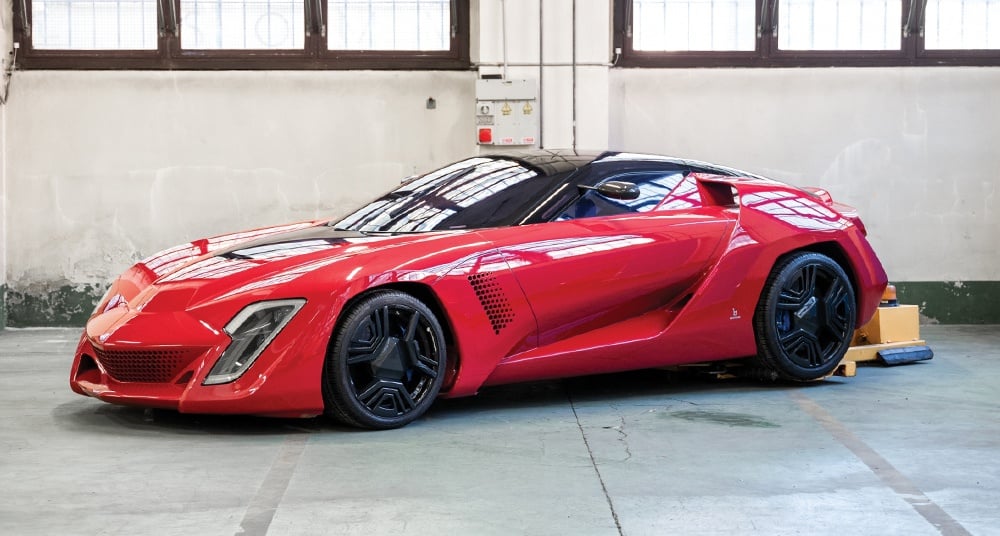
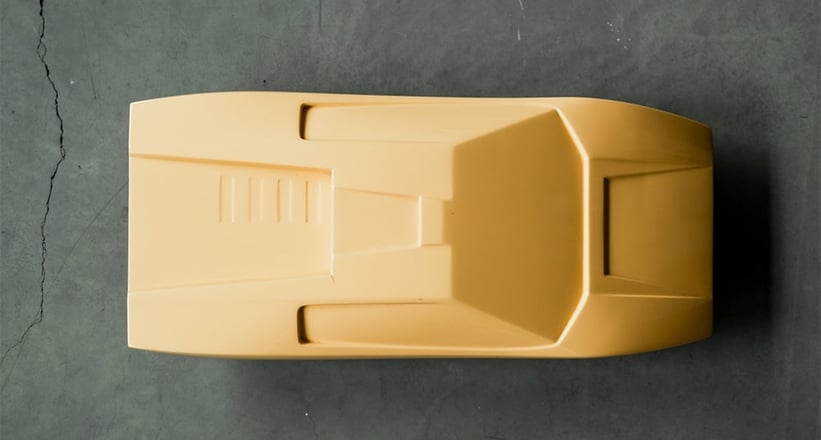
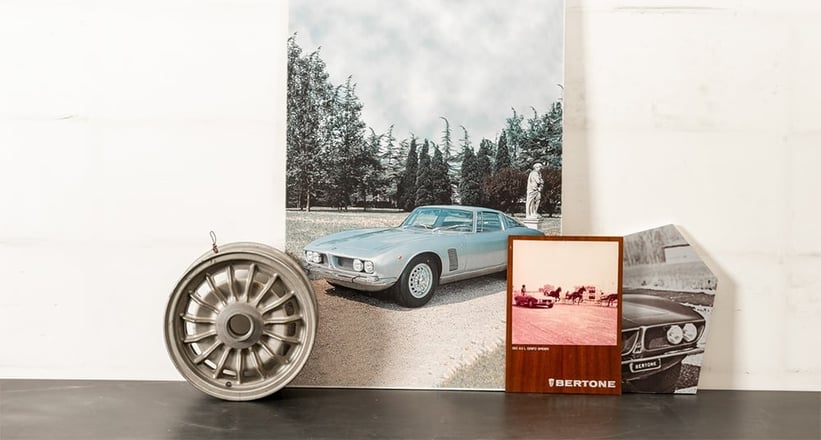
The bankruptcy of the Bertone carrozzeria and design studio is one of the greatest tragedies of Italy’s more recent automotive history. Still, for some collectors, the financial misfortune presented the opportunity to own a piece of Bertone’s design history, when the company sold some of its most iconic concept cars including the Lancia Stratos Zero and the Lamborghini Marzal – Marcello Gandini’s futuristic masterpieces – in 2011. Earlier this year in May, the Italian auction house Aste Bolaffi sent further waves of excitement through the worldwide design community when it announced that it would sell another batch of show cars, clay models, and collectables from the Bertone archive. Surprisingly, the Italian authorities intervened mere minutes before the sale, proclaiming that many lots would need to remain in the country because of their archaeological-artistic value. Most of the international bidders in the room were promptly scared off.
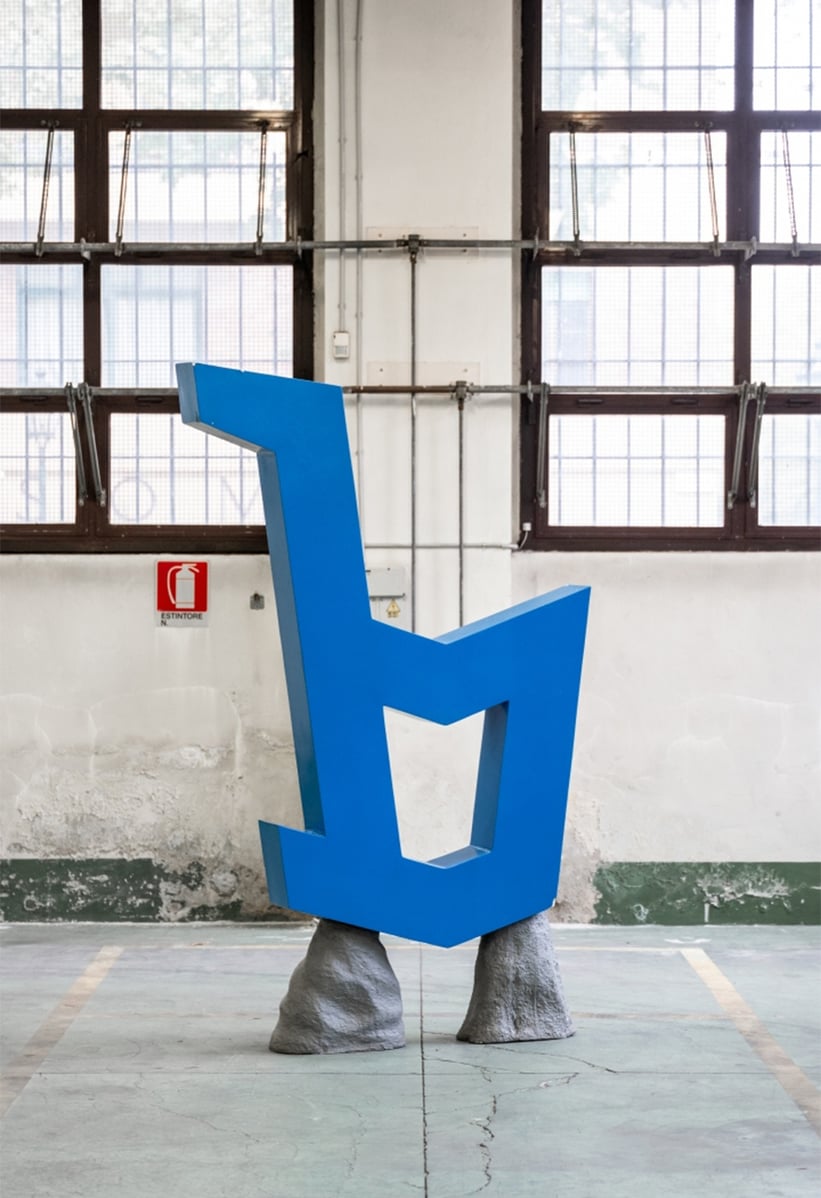
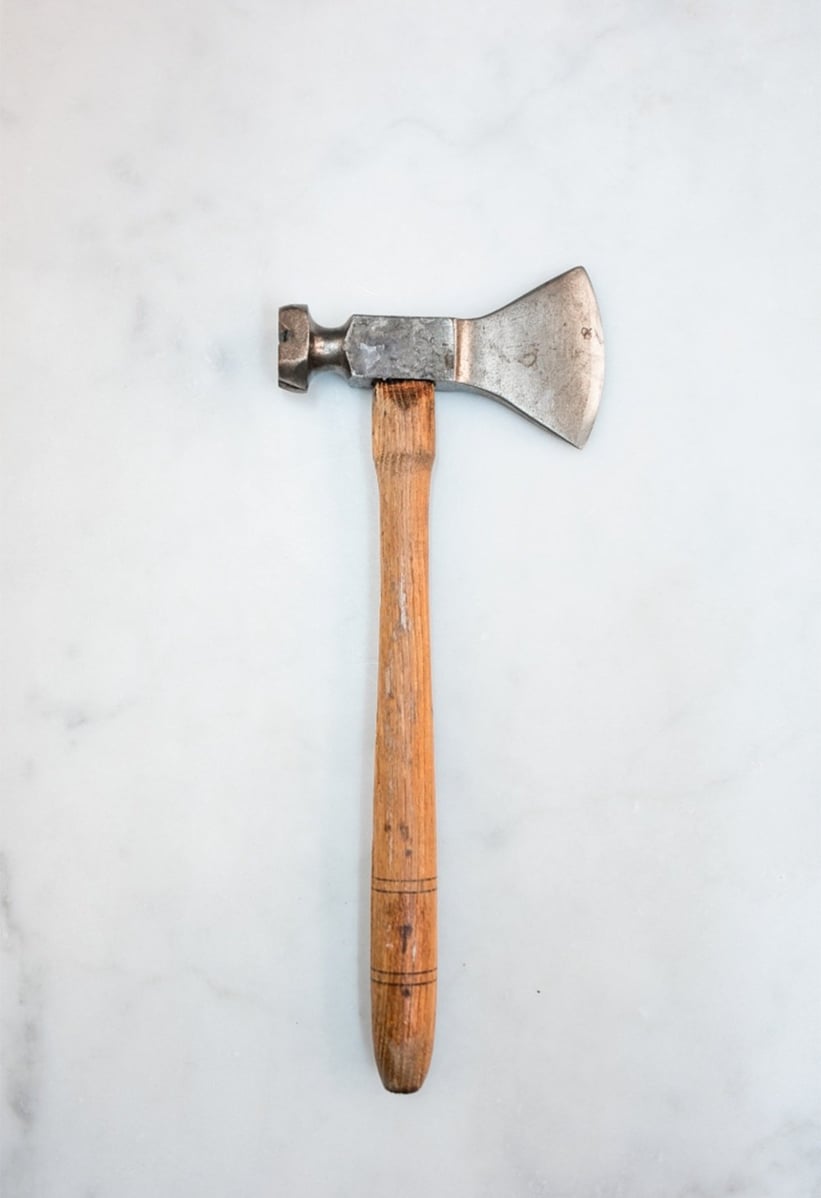
Now, Aste Bolaffi has curated a second sale poised to take place on 17 November, combining 197 lots from the Bertone vaults with 35 affordable classic and modern collector cars. Carefully curated by the auction house’s specialists, the various collectables, spare parts, and styling models give a great overview of the design house’s colourful history. There are countless signs and logos, some of which are more than two metres high – you can even bid on the full Bertone name signage that was produced for the company’s premises in Grugliasco. There’s even Gandini’s old drawing board and a hatchet used by Giovanni Bertone to mark the timber with his initials.
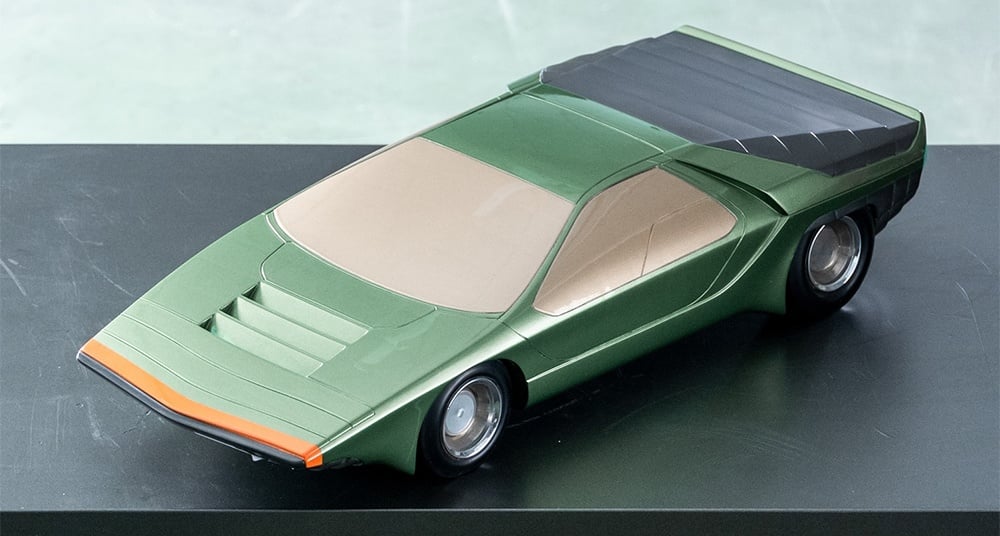
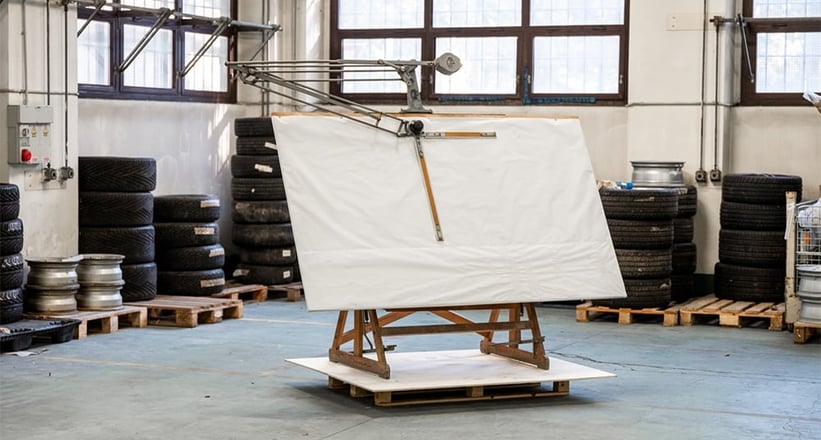
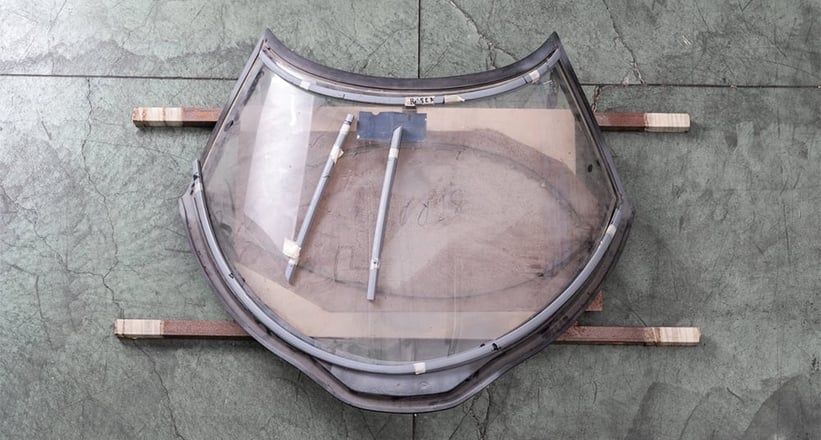
For just a few hundred euros, you could own the signature wheels of mythical show cars such as the Lancia Sibilo or the Lamborghini Athon, while the windscreen or suede seats of a Lancia Stratos will set you back around 1,000 euros according to the auction house’s pre-sale estimates. Among the numerous styling models crafted from wood and resin, one can discover unknown prototypes in addition to icons including the Lamborghini Miura and Countach and the Alfa Romeo Carabo. There’s even a full-scale model of the Chevrolet Corvette Mantide Concept, estimated to make 1,000–1,500 euros. And even if some of the estimates seem too good to be true, Aste Bolaffi’s sale is probably your last chance to own a piece of this particular Italian design history. We spoke to auction house specialist Tommaso Marchiaro to find out more.
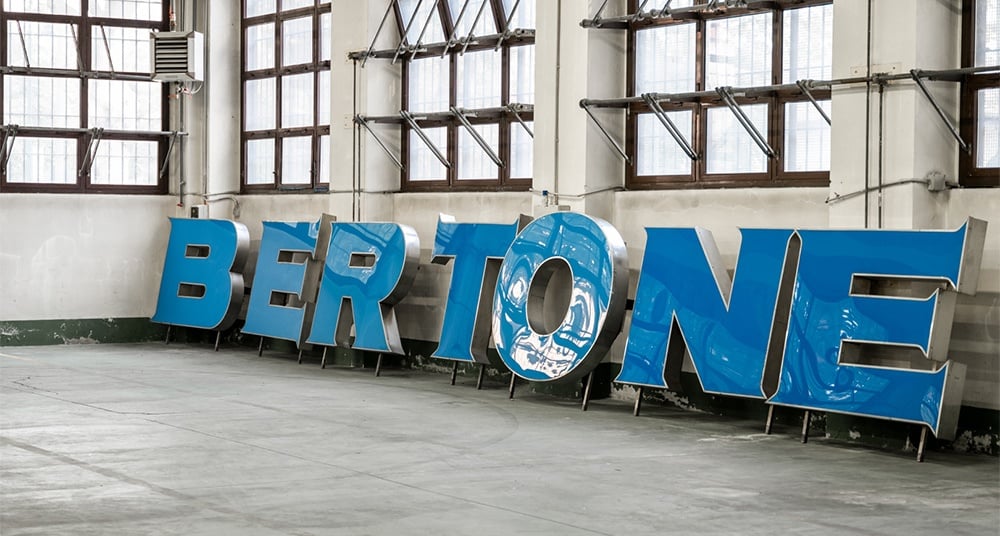
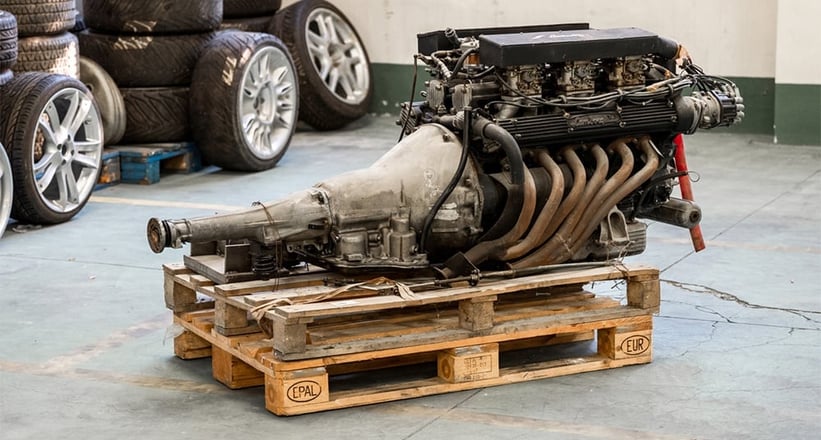
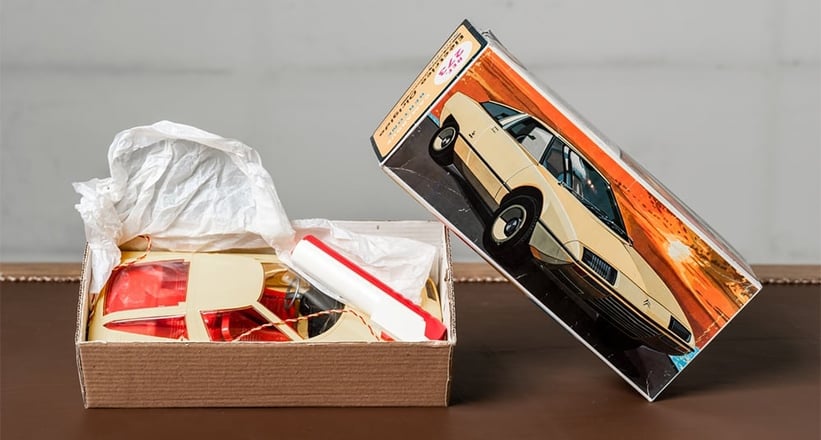
Can you please explain where these items come from and exactly is for sale?
Bertone was a holding of different legal entities. Opened in 1972, Stile Bertone was the division Bertone dedicated to pure design and the manufacturing of one-offs and prototypes. The section of the catalogue dedicated to automobilia comprises the small– and not so small – items from there. There are tens of design models, ranging from the Countach to Skodas, Citroëns, BMWs, and Tatas; trophies received by Bertone for his work; ‘B’ and Bertone logos that were on the buildings in Italy; period posters; spare parts; and posters, magazines, and books.
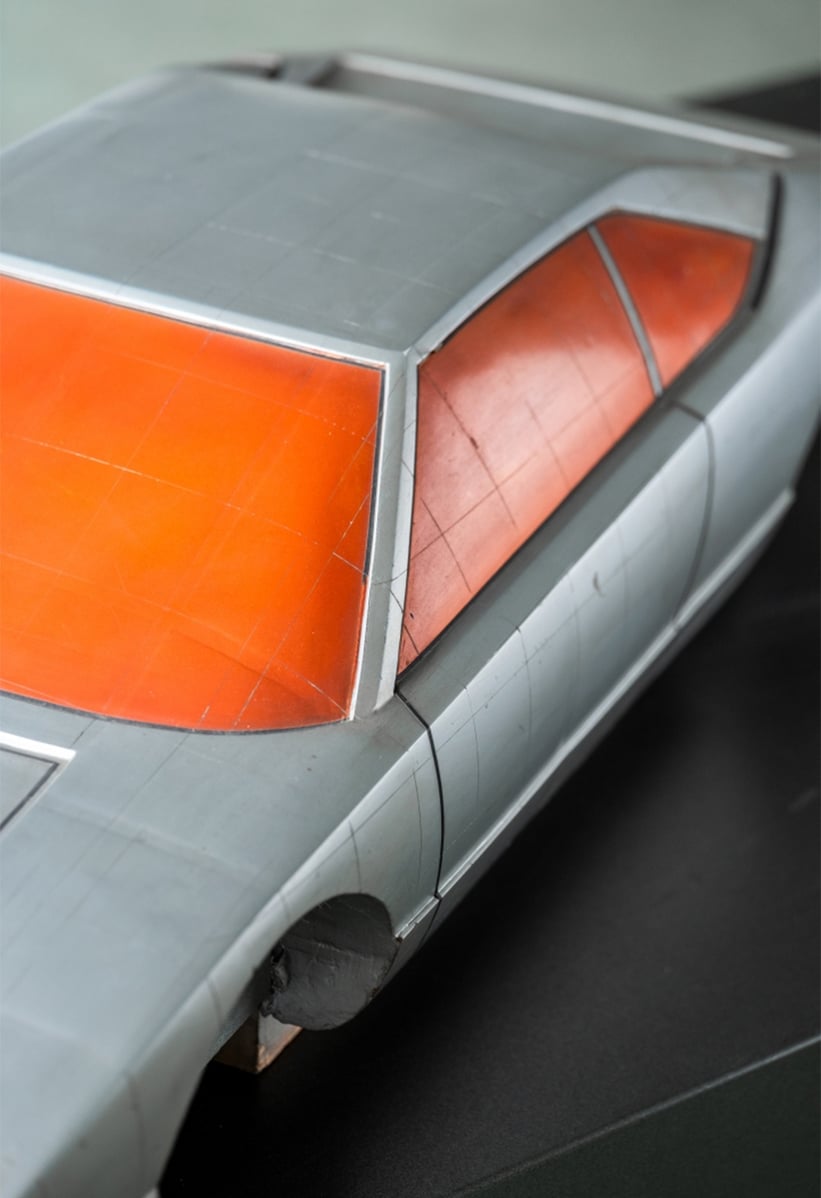
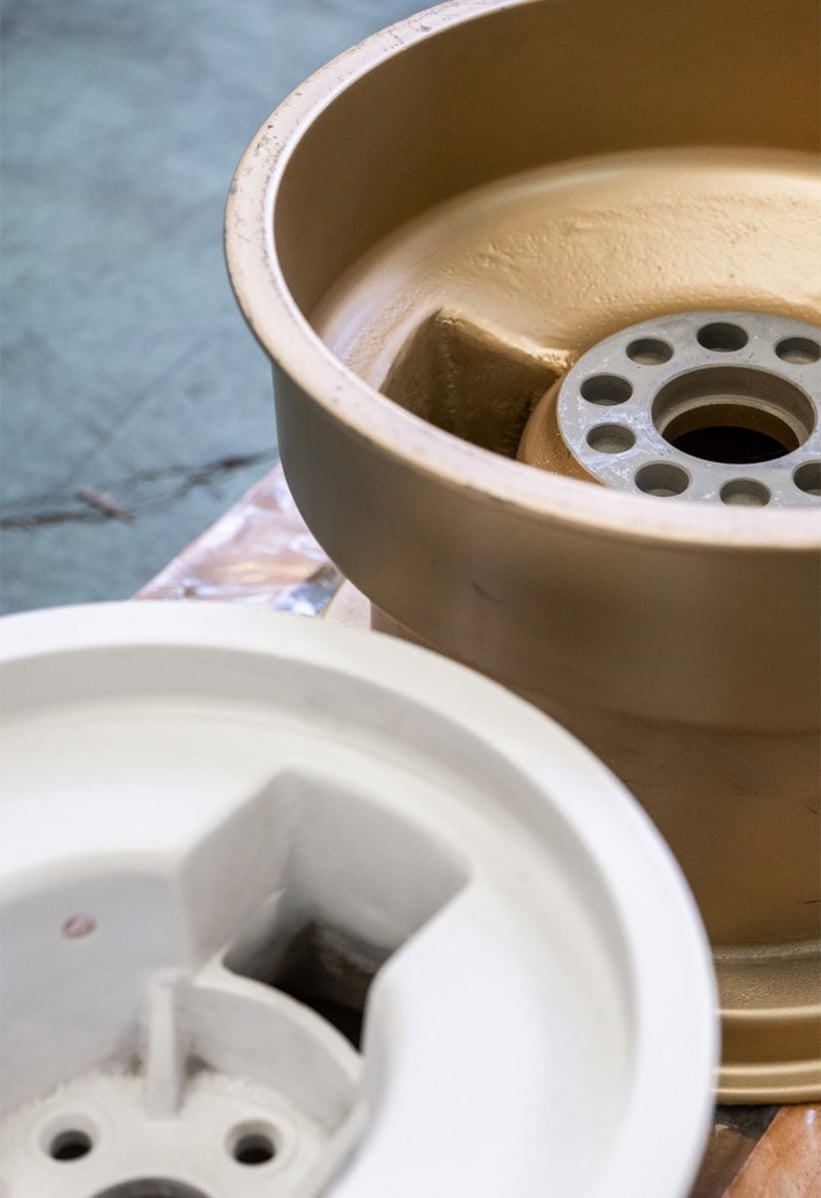
Which do you think are the most important lots?
That’s difficult to answer because there are so many! If you own a one-off built by Bertone and there are spare parts for it in the sale, they’re going to be very important for you and maybe a small group of people. On the other hand, the original frame and Graverbell windscreen for the Lancia Stratos could be of interest to many, especially restorers of the model who could use this perfect reference to re-manufacturer something that’s been missing from the market for years and searched for desperately by so many collectors.
There are a lot of pieces dedicated to the Fiat X1/9, a model manufactured by Bertone, and promotional items like we’ve never seen before. We have a Lamborghini Espada 12-cylinder engine, complete with a gearbox, and Pirelli advertising posters from the 1970s, created using cars designed by Bertone. There’s a series of aluminium panels exhibiting drafts of Bertone’s most important models, which were used to decorate the building of Caprie. We have photos from the press office, many of which have never been seen before, and the small hammer used by the Bertones to mark the pieces of wood approved for manufacture with their initials. The latter is an important piece of history in itself, because even today, you can still spot the mark left by it on the early cars of the firm.

There’s currently a great interest in Bertone’s automotive design, especially Marcello Gandini’s work from the 1960s and ’70s. What makes these cars so interesting from today’s point of view?
Allow me to reply with another question: what makes Leonardo’s drawings so special? Marcello Gandini was so talented that, even in his 20s, he entered Bertone and quickly replaced the memory of Giorgetto Giugiaro. During his long career, he established himself as the most talented automotive designer ever. Today, it seems natural that the results of his ideas and skills are considered among the most collectable cars ever built. Interestingly enough, Gandini’s cars are loved by collectors equally with those designed by Giugiaro during his period at Bertone. It’s a glorious clash of titans.
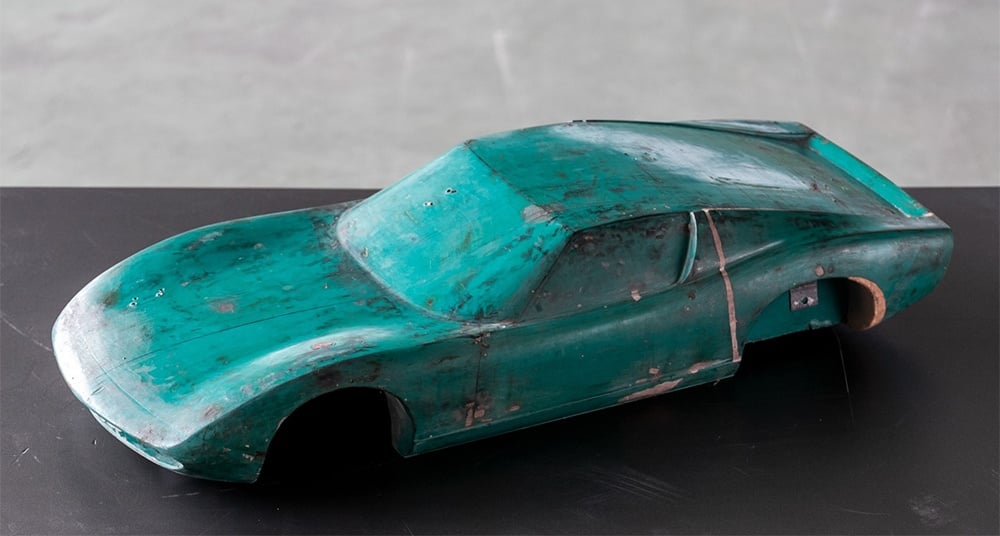
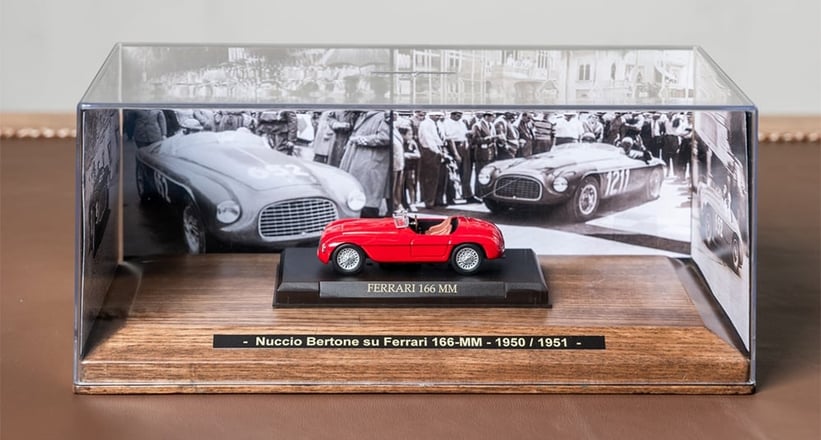
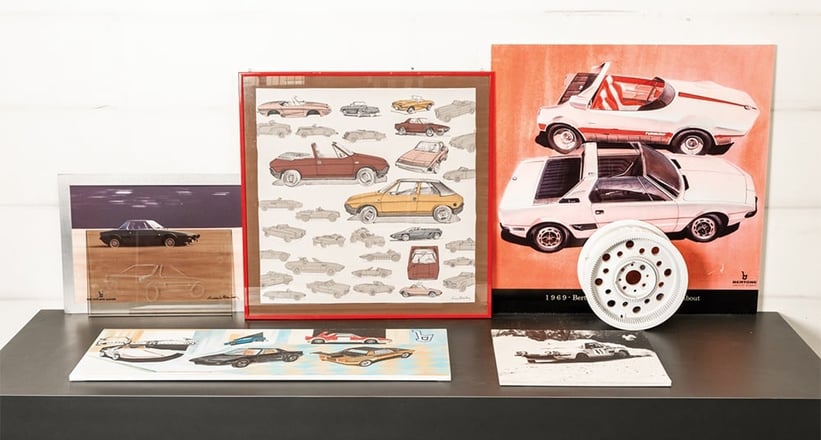
You already held an auction for collectables from the Bertone archive back in May, but the sale did not go ahead as planned. Can you explain what happened and why this won’t happen again?
In Italy, we have so much art that there are institutions dedicated to its protection. If an artefact is reported as historically interesting, it cannot leave Italy and if it’s composed of smaller parts, all must be sold together. There’s a logic behind this and the same principle, with minor differences, applies in several different European countries. Aste Bolaffi has always been respectful of this.
When we offered the Bertone collection, we were selling something that had been in the public eye for many years. During these years, the related departments could have easily listed the artefacts as protected. In any case, this should have been decided before. The institute in charge of the protection of the archives acted after we set the date of the sale. More surprising was when another department started the procedure on the style models and some of the cars just hours before the sale. However, after months it decided it was not to be concluded.
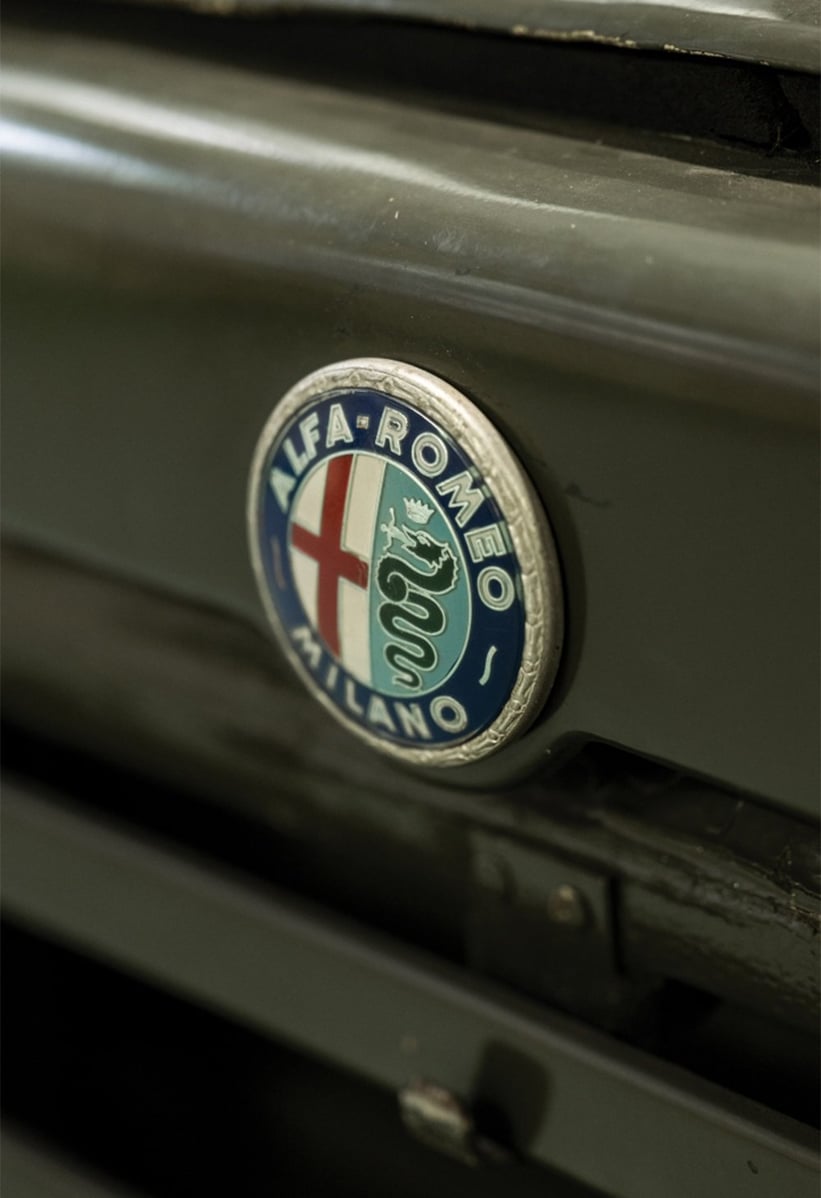
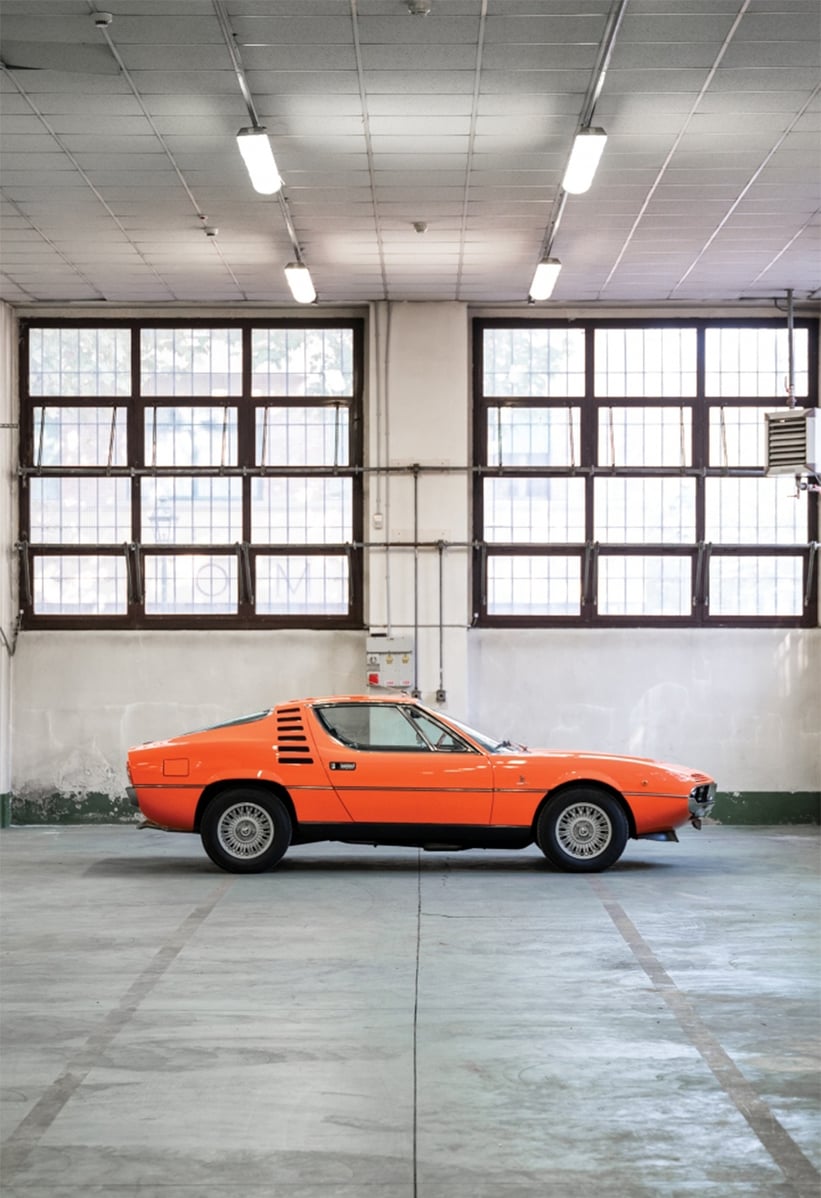
Besides the lots from the Bertone archive, you’re also selling an interesting selection of classic and sports cars, most of them made in Italy. Which cars would you like to point out?
The idea was to have a nice selection of ‘youngtimers’ surrounded by some more classic cars. We aimed to have very good examples of more affordable classics rather than average exotics. I think Bolaffi’s specialists did a great job with the 1985 BMW M6, which is a typical 100-point car, and the 1996 Porsche 911 Carrera 4 with only 61,544km on the clock are both great examples.
The symbol of the ‘youngtimer’ movement is the Lancia Delta and we have three of them: a 1984 HF Turbo, a 1988 Integrale 8V, and a 1991 Integrale 16V Evo 1, all in excellent condition and with transparent histories. The Evo 1, for example, shows how a Delta Integrale looked when it was new. We also have an amazing 1959 Fiat Nuova 500 Sport, the rarest and most coveted version of the 500, still with the original purchase price listed on the original notebook, and a 1971 Alfa Romeo Montreal that looks and runs amazing. If someone wants a car for next year’s Mille Miglia, the 1951 Alfa Romeo Matta is a perfect choice!


















































